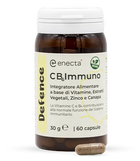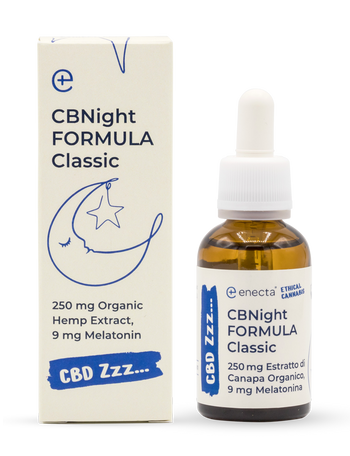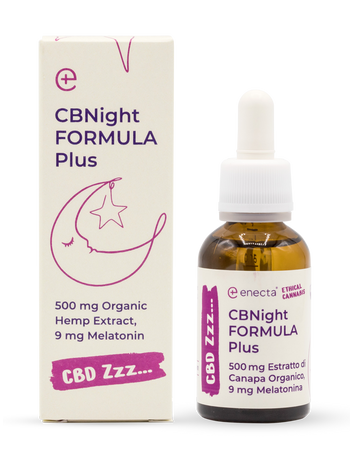Phytocannabinoids, synthetic cannabinoids and endocannabinoids. A small guide making things clearer.
Often, when people talk about cannabis in general, some confusion is made regarding the various types of plants, the substances contained in it and their effects. In particular, since cannabis cultivated also in Italy has rekindled the interest of many individuals, it is important to give clarifications about the correct terminology to be used when talking about this plant.
What are cannabinoids?
Cannabinoids are chemical substances of natural origin, which have the capability of acting on the cannabinoid receptors present in many parts of our organism.
Cannabinoids can be found in three forms:
Endocannabinoids (endogenous cannabinoids)
This is a class of lipid-derived messengers interacting with the cannabinoid receptors. They are organic compounds generated inside the organism and acting in the context of the central and peripheral nervous systems. At the moment five are the endocannabinoids known to the scientific community: anandamide, arachidonoylglycerol, noladin, virodhamine, N-arachidonoyl dopamine.
Synthetic cannabinoids
Cannabinoids of synthetic origin are created in laboratory for therapeutic purposes and simulate the characteristics of endocannabinoids, interacting with the CB1 and CB2 receptors of the endocannabinoid system in the organism. Many medicines bases on synthetic cannabinoids are being used today in medicine.
Phytocannabinoids (plant cannabinoids)
Natural cannabinoids are produced by the Cannabis plant and are concentrated in its viscous resin. At the moment scientific research has been able to identify at least 113 different cannabinoids present in cannabis. Science studied – and continues studying – in particular the three most abundant phytocannabinoids present in the Cannabis plant: delta-9-tetrahydrocannabinol (THC), cannabidiol (CBD) and cannabinol (CBN). Besides the three main cannabinoids, it is also necessary to consider the presence of cannabigerol (CBG): a non-psychoactive cannabinoid identified in 1964. Cannabigerol (CBG) is made of cannabigerolic acid (CBGA). This acid, during the maturation process of the plant, can be transformed through the action of some enzymes, into the other cannabinoids mentioned above. To put it simply: cannabigerol is the “parent” of the other cannabinoids.
THC, isolated for the first time in the Sixties by Raphael Mechoulam, is the cannabinoid responsible for the psychotropic effects of the cannabis plant. It is used in medicine for the treatment of pathologies also of the severe kind, in many countries throughout the world.
CBD, instead, hasn’t got any psychoactive effects and acts as a “modulator” of the endocannabinoid system. By intervening in an indirect manner on the receptors of this system, it recovers normality in a situation of imbalance or decompensation of the endocannabinoid system.
Because of this action, cannabidiol (CBD) can bring benefit, relieving the symptoms of a pathology or an inflammation. For these reasons, CBD oil is taken both orally and topically, adapting itself to the necessities of the moment.

































